Nature's Fury
Blizzard Conditions, Blizzard Formation, Blizzard Safety Tips, Extreme Snowstorms, Frozen Weather Phenomena, Severe Weather Events, Snowstorm Effects, Snowstorm Survival Guide, Surviving a Blizzard, Winter Natural Disasters, Winter Storm Preparedness, Winter Storm Warnings
shahzadt472@gmail.com
0 Comments
Blizzards and Extreme Snowstorms: Nature’s Frozen Fury
Introduction:
Blizzards and extreme snowstorms are some of the most intense and potentially dangerous winter weather events that Earth experiences. Known for their immense power and chilling cold, these weather systems can bring life to a standstill, turning everyday environments into hostile, frozen landscapes. Let’s explore how these winter storms form, their impact, and how we can prepare for their arrival.
What Defines a Blizzard?
The term “blizzard” is often used interchangeably with any major snowstorm, but it has specific criteria defined by meteorologists. A blizzard occurs when strong, sustained winds of at least 35 mph (56 km/h) accompany heavy snowfall or blowing snow, causing visibility to drop to less than a quarter of a mile (400 meters) for at least three hours. The intense winds and reduced visibility can create dangerous, near-whiteout conditions, making travel hazardous and outdoor survival difficult.
Key elements that define a blizzard:
- Sustained winds of 35 mph (56 km/h) or greater
- Visibility reduced to 400 meters or less
- Duration of at least three hours
Blizzards are not solely defined by snowfall amounts, which means even light snow can produce blizzard conditions if the wind is strong enough to blow it around and reduce visibility.
The Formation of Blizzards and Extreme Snowstorms
Blizzards and snowstorms typically form when cold air from the polar regions meets warm, moist air from lower latitudes. When these two air masses collide, the warmer air is forced to rise, and as it cools, the moisture within it condenses into snow. If the storm develops rapidly, it can create a low-pressure system known as a “bomb cyclone,” intensifying the storm with severe winds and driving snow.
There are several key factors contributing to the development of these winter storms:
- Cold Air Mass: A source of very cold, subfreezing air, often descending from the Arctic or higher latitudes.
- Warm, Moist Air: Warm air from the Gulf of Mexico or the Pacific Ocean that rises and meets the cold air. This collision is crucial in creating the moisture necessary for precipitation.
- Wind Patterns: Upper-level winds, such as the jet stream, steer these storms and provide the energy needed to drive them forward, creating the strong gusts associated with blizzards.
Extreme Snowstorms: Not All Snowstorms Are Blizzards
While blizzards are defined by their wind and visibility conditions, extreme snowstorms can occur without the ferocious winds that characterize blizzards. Some of these snowstorms, known as “Nor’easters” in the United States, develop along the East Coast and dump massive amounts of snow. These storms can paralyze cities with snowfalls of more than two feet (61 cm) in a short time.
Extreme snowstorms typically have three major characteristics:
- Heavy Snowfall: These storms can bring over 12 inches (30 cm) of snow in a day, often far exceeding blizzard totals.
- Cold Temperatures: Accompanying the snow, temperatures can plunge far below freezing, sometimes to dangerous levels.
- Extended Duration: Unlike blizzards, which often pass within hours, extreme snowstorms may linger for days, intensifying over time.
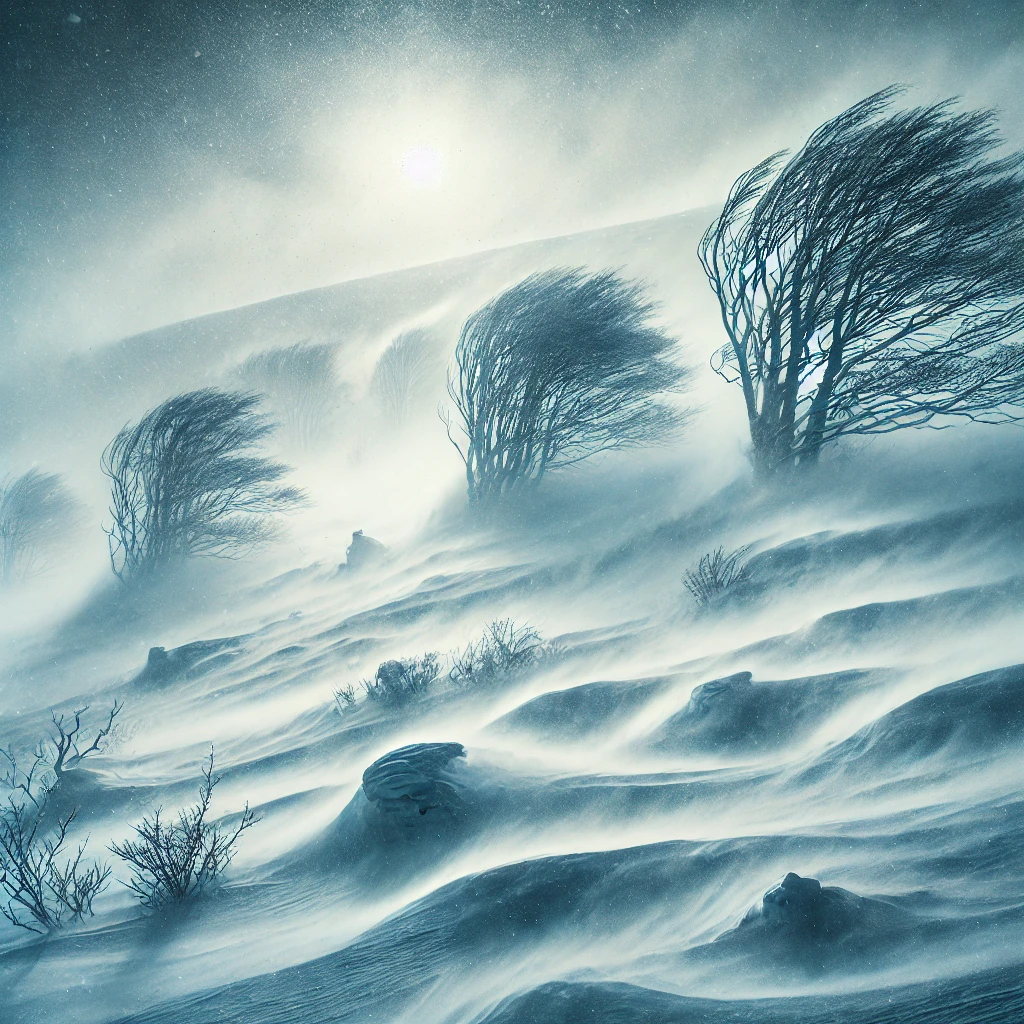
The Impact of Blizzards and Snowstorms
The effects of blizzards and extreme snowstorms can be widespread and severe, often causing disruptions to daily life and posing risks to safety and infrastructure. Here are some of the most significant impacts:
- Travel Disruptions: Roads become impassable due to snow accumulation and reduced visibility, and airports may close, grounding flights. Major transportation networks can be brought to a complete halt.
- Power Outages: The strong winds and heavy snow can weigh down power lines, causing outages that leave homes and businesses without electricity for days. Cold temperatures during these storms can make such outages especially dangerous.
- Economic Damage: Prolonged closures of businesses, transportation systems, and critical infrastructure during blizzards can lead to substantial financial losses. Cities may spend millions on snow removal, while economic activity slows to a crawl.
- Structural Damage: Heavy snow can pile up on roofs and buildings, causing collapses. In some cases, the wind’s force can damage buildings, while frozen pipes may burst, leading to water damage.
- Health and Safety Risks: Prolonged exposure to cold during a blizzard can lead to frostbite, hypothermia, and other cold-related health conditions. Poor visibility and icy roads contribute to increased risks of accidents. In some cases, emergency services may be unable to reach those in need due to impassable roads.
Famous Blizzards and Snowstorms in History
Some historic snowstorms have become legendary for their severity and the havoc they caused:
- The Great Blizzard of 1888 (Northeastern U.S.): One of the most famous blizzards in U.S. history, this storm dumped over 40–50 inches (100–127 cm) of snow in some areas and paralyzed New York City, halting all railroads and stranding thousands of people.
- The Schoolhouse Blizzard (1888, Midwest U.S.): This sudden storm caught many by surprise, with strong winds and blowing snow causing whiteout conditions. Many children were trapped at school, and tragically, dozens perished in their attempt to return home.
- The Blizzard of 1977 (Buffalo, New York): Although snowfall totals were not record-breaking, fierce winds and existing snowpack from previous storms created treacherous conditions, leading to 29 fatalities.
- Snowmageddon (2010, U.S. East Coast): This massive snowstorm dumped more than 30 inches (76 cm) of snow in some areas, shutting down major cities like Washington D.C. and causing widespread power outages.
Preparing for Blizzards and Extreme Snowstorms
While these storms can be life-threatening, proper preparation can reduce their dangers. Key steps include:
- Stay Informed: Monitor weather forecasts and be alert for blizzard warnings and advisories. Modern weather forecasting can give you advance notice to prepare for an incoming storm.
- Stock Up on Supplies: During blizzards, travel may be impossible, so it’s essential to have a stockpile of food, water, and essential supplies. Include extra blankets, warm clothing, and a battery-powered radio in your emergency kit.
- Protect Your Home: Ensure your home is insulated to retain heat, and check that your heating systems are functioning properly. Keep a supply of sand, salt, or de-icing material on hand for walkways.
- Avoid Travel: When a blizzard strikes, it’s safest to stay indoors. Travel during a storm is not only risky due to low visibility and icy roads, but it can also leave you stranded in hazardous conditions.
- Emergency Kits: In the event of a power outage, make sure you have alternative heating options, flashlights, and non-perishable food items. Also, keep your phone charged and have an external battery on hand.
Conclusion: The Beauty and Fury of Nature’s Winter
Blizzards and extreme snowstorms are awe-inspiring natural phenomena that remind us of nature’s power. These frozen tempests can disrupt life, cause devastation, and even claim lives if precautions are not taken. However, with modern forecasting, preparation, and understanding, we can mitigate their effects and weather the storm safely.
In the face of nature’s frozen fury, it’s best to respect the power of the storm, stay prepared, and enjoy the winter’s beauty from the safety of shelter.
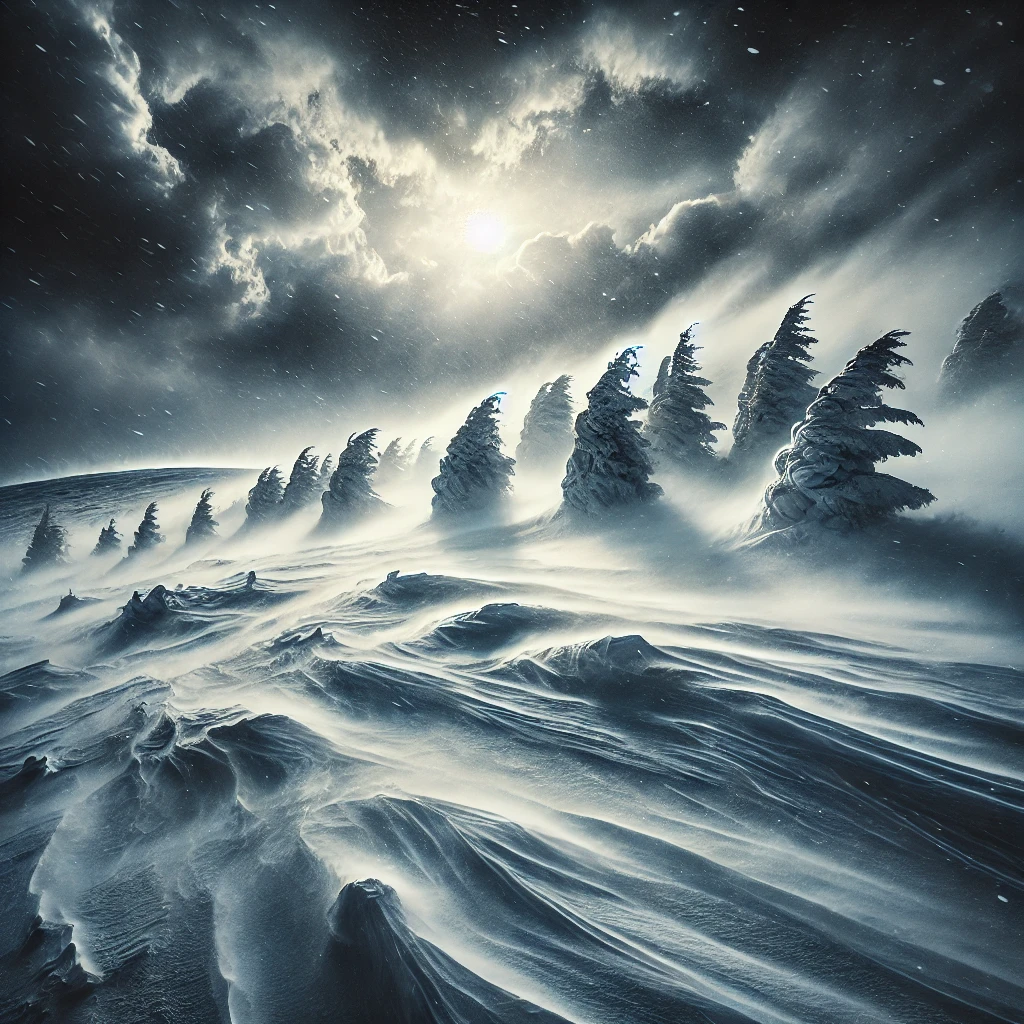
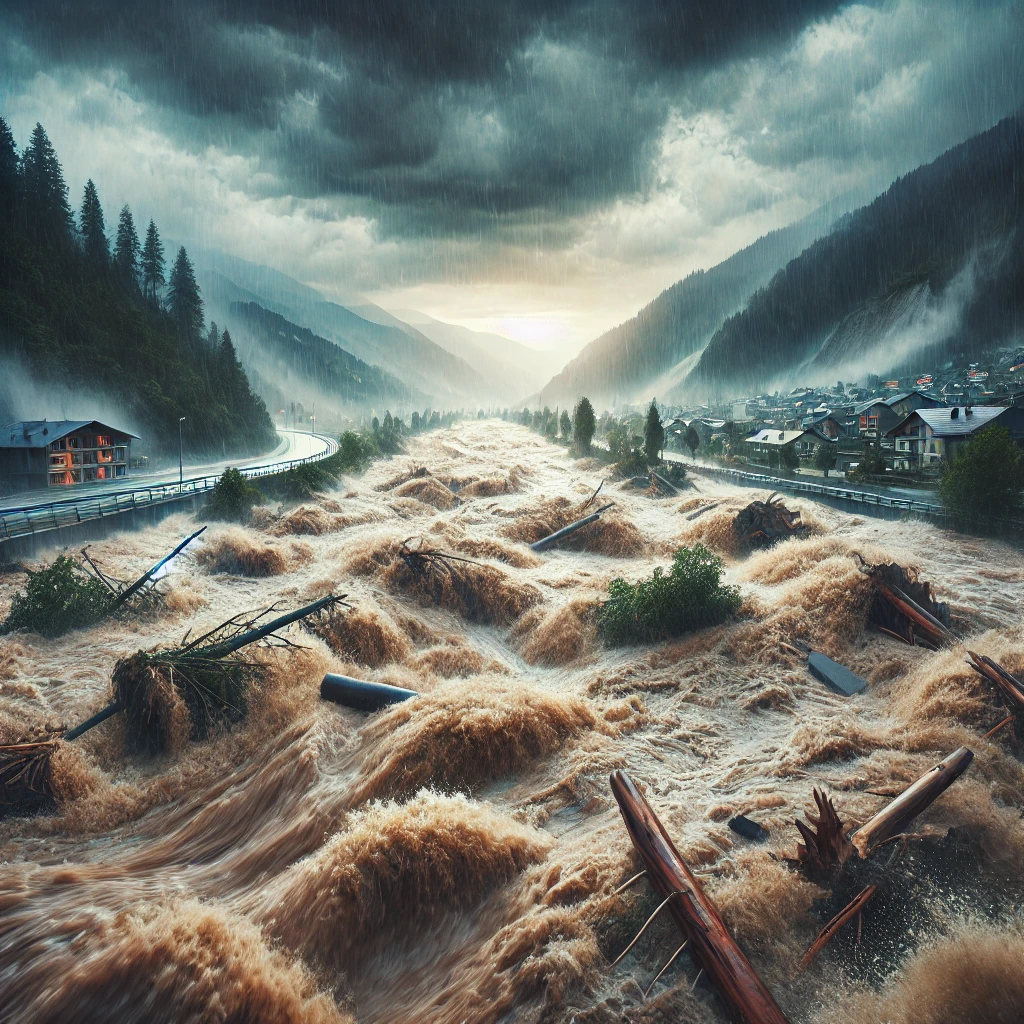
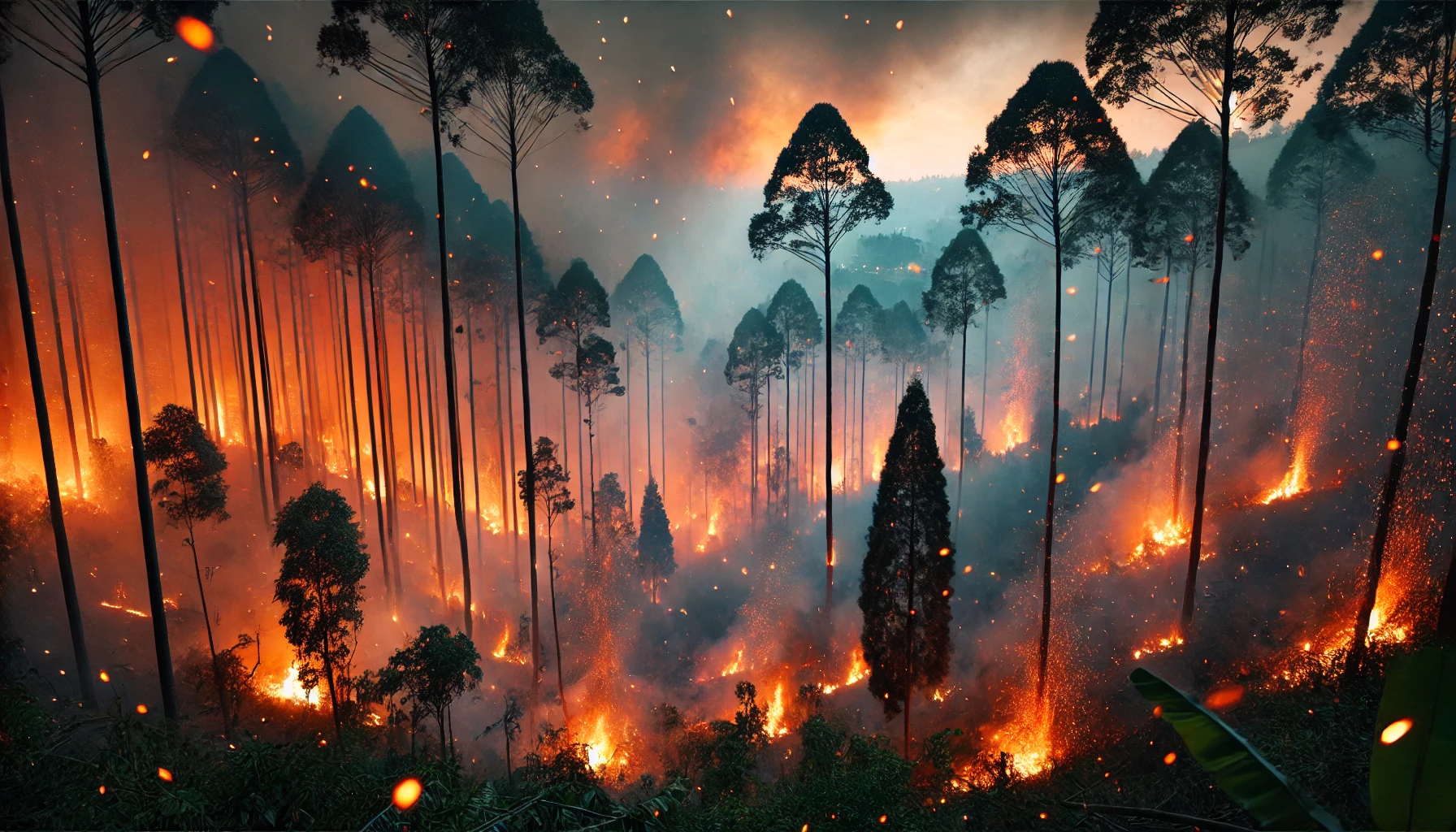
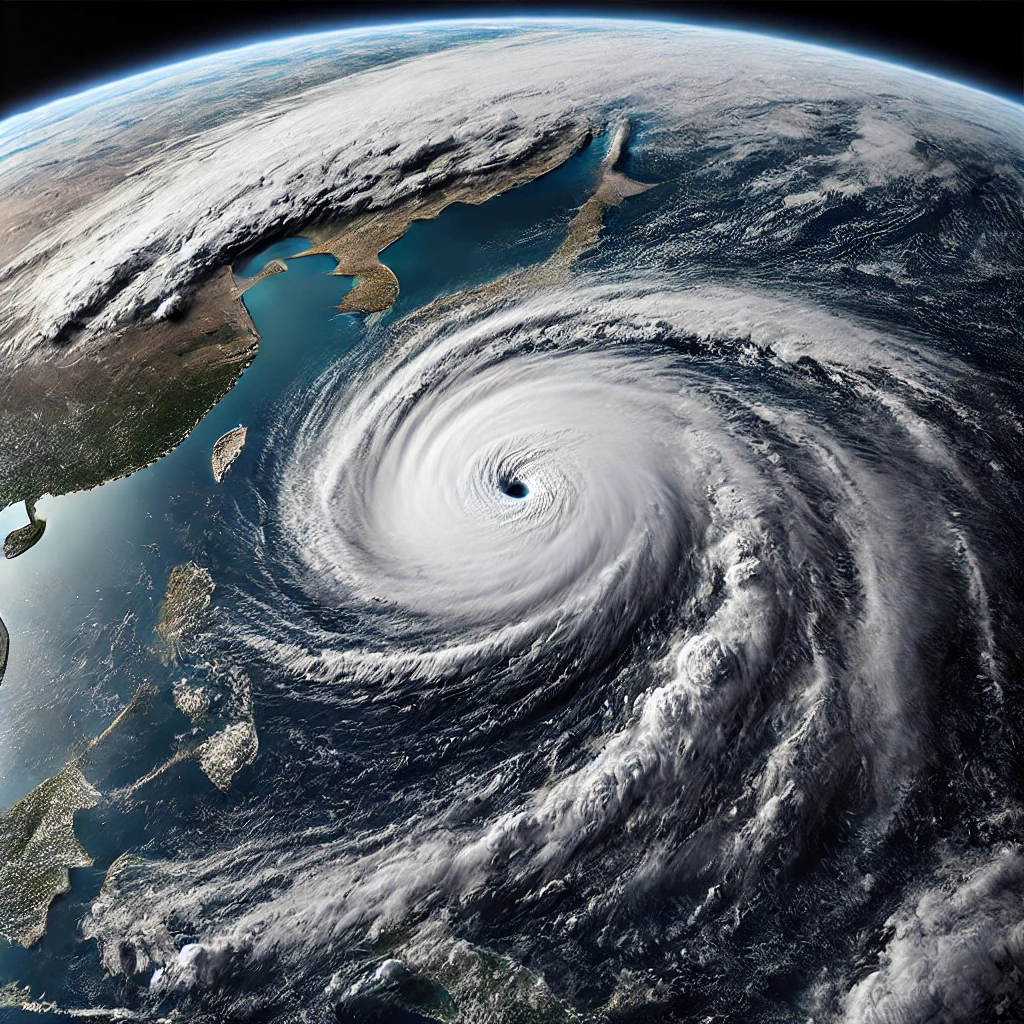
Post Comment